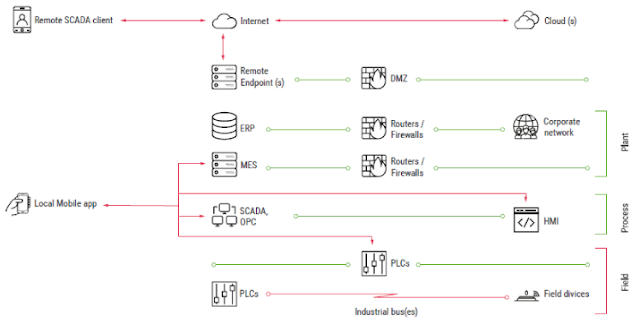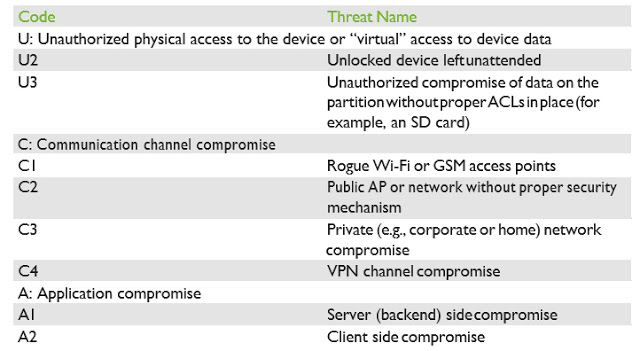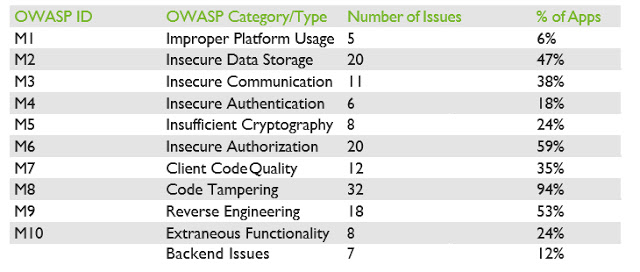In this second, of a two-part blog series on the supply chain, I’ll discuss how to improve your supply chain security.
Supply chain attacks aren’t anything new, but we’re hearing more about them lately, as threat actors continue to find new ways to breach networks. In fact, the most well-known supply chain attack dates back to 2013 when Target was breached through its HVAC supplier, exposing the credit card data of 110 million customers. In the last two years, NotPetya, Trisis and the more recent Wipro compromise have served as not-so-gentle reminders that supply chain attacks are damaging, costly and present many risks to both businesses and their suppliers.
The fact is: the more secure an organization itself is, the more attractive that organization’s supply chain becomes in the mind of the attacker. An attacker wants to find the easiest pathway to get into the network so oftentimes, it’s the supplier who has an exploitable vulnerability that can get them full access into the original target’s network.
The more secure an organization itself is, the more attractive that organization’s supply chain becomes in the mind of the attacker.
Most threat actors organizations face today are very smart. They know they don’t actually need to leverage a sophisticated, complex supply chain hack to wreak havoc on a network, steal data or intellectual property, or cause catastrophic damage. All they really need to do is look for unpatched servers and systems or send out a simple phishing email. Just look at the recent Wipro breach where dozens of employees’ emails were compromised through a phishing scam that gave the threat actors access to over 100 Wipro computer systems to mount attacks on a dozen Wipro customers.
Phishing and the use of stolen credentials are repeat offenders that keep coming up over and over again. In fact, the 2019 Verizon Data Breach Investigations Report cited that 32 percent of the breaches involved phishing scams and 29 percent involved the use of stolen credentials.
An unsophisticated cyberattack often yields a better outcome for an attacker — saving them time, money and resources while making attribution more difficult, so it’s in their best interest to take the easier path to their goal. We’ve seen many successful breaches where attackers penetrated systems through hardcoded credentials or just poorly patched systems.
That’s why, if you’re not protecting your own network against basic threat actors, doing your due diligence to properly patch, and holding your suppliers accountable for securing their own networks, you have no hope in protecting against nation-states or more capable threat actors. This is where third-party testing comes in handy to trust and verify your suppliers.
Here are a few key steps you can take today to build a supply chain security program:
- Know your suppliers and look upstream as well as downstream. Start with your tier-one suppliers and then identify tier twos and others. Take a full inventory of who you do business with so you can identify any weak links.
- Conduct a risk assessment. Once you’ve identified all your partners, you need to properly assess each one’s cybersecurity posture so you know the risks they may pose to your organization. You must consider where each device or component was built and who exactly built it. Is there a possible backdoor or counterfeit part? Or is it just the more likely software quality issues that can result in a breach?
- Utilize third-party testing. Hire a third-party firm to test your system, and that of your suppliers, to provide actionable results on what you need to fix first.
- Regularly scan and patch all vulnerable systems.
- Use strong passwords. Teach your employees about the importance of using strong passwords and not recycling them across accounts.
- Ensure your staff has set up multi-factor authentication everywhere possible.
- Conduct regular security awareness training to teach employees how to identify phishing scams, update software and become more security-conscious.
- Harden the security of the devices connected to your networks.
Make sure you’re not worrying about low-likelihood events like supply chain attacks if you’re not doing the basics of foundational security at your own organization. It’s really quite simple: you need to crawl before you walk, and walk before you run.




